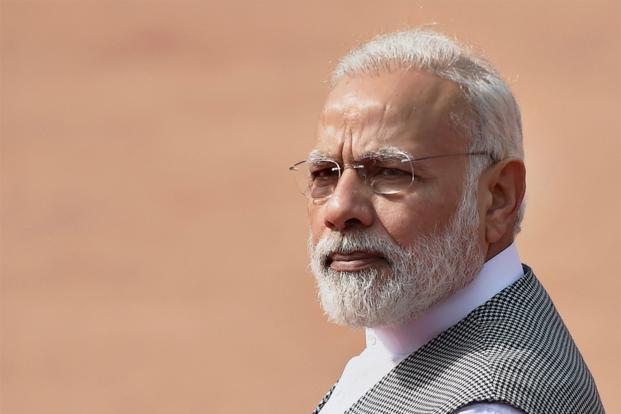The global research firm Nomura has flagged concerns about emerging markets (EM) in Asian economies based on what it calls early warning indicators (EWIs). The EWI is calculated on basis of the financial stress in last 12 quarters and EWIs flash a signal of a potential financial crisis occurring within the next 12 quarters when they breach predefined thresholds. Warning that it should not be taken as the balance of payment risk the group said in a statement “Note that our EWIs are designed to warn of domestic credit and financial risks rather than a balance of payments risk.” However, the research said that India is an exception among Asian economies as it showed no signs of concern in the last three years.
Nomura financial service is a subsidiary of Nomura Group which enjoys a prominent reputation in the market. It became famous for acquiring global financial services giant Lehman Brothers after the 2007-2008 financial crises in which Lehman Brothers had gone bankrupt. The EWI chart by Nomura showed Hong Kong on the top with around 52 signals in the past 12 quarters, while India, Korea, Hungary, and Poland were among the few nations that showed no signs of risk. Explaining the condition of Hong Kong an analyst at Nomura said “Buffers notwithstanding, Hong Kong has the classic symptoms of what have caused many past financial crises: an overvalued property market and high debt, leaving the city vulnerable to an accelerated Fed hiking cycle (local rates are closely linked to US rates because of the HKD peg).”
The European and American markets fared much better in the ranking with the United States, Britain, and France showing zero early warning indicators. The Southeast Asian and East Asian markets were most vulnerable with almost all countries having a red signal in early warning indicator. In the BRICS (Brazil, Russia, India, China, and South Africa), India and South Africa were in the green while others were in red with China on the top. China had 33 signals of early warning indicators although it is showing signs of recovery for the last few quarters. The report by the group said China showed encouraging trends as indicators point to a peaking out of such threats. EWIs in China peaked in second quarter 2017 at 36, before falling to 35 in third quarter and 33 in the last quarter.
In the midst of global turmoil in emerging markets, India has now become the ideal destination for investors. A rise in the dollar has led to problems in emerging markets as the US dollar has risen almost 4 percent in the last three months. The problem with other emerging markets is that they have low inflation rates despite inflation targeting by their central banks. Inflation rates rise primarily due to growing domestic consumption, and almost all emerging markets except for the Indian market are facing a slowdown in domestic consumption. Countries like China which are heavily dependent on exports for economic growth are facing a slowdown due to growing “protectionism”. On the other hand, Indian economy is growing due to strong demand and high personal expenditure among the 600 million strong Indian middle class.
The efforts by the Modi government played an important role in making the country the fastest-growing major economy in the world. When the government came to power the economy was slowing down due to policy paralysis during UPA era. The government took a series of structural reforms to transform the economy which included demonetization, GST, RERA and Insolvency and Bankruptcy Code (IBC). The government eased down the rules of foreign direct investment in many sectors like defense, aviation etc. The curb on fiscal deficit and inflation provided macroeconomic stability for the country to grow. The reforms by the Modi government have borne fruit, and when all emerging markets are facing a slowdown, India stands strong in the market.
